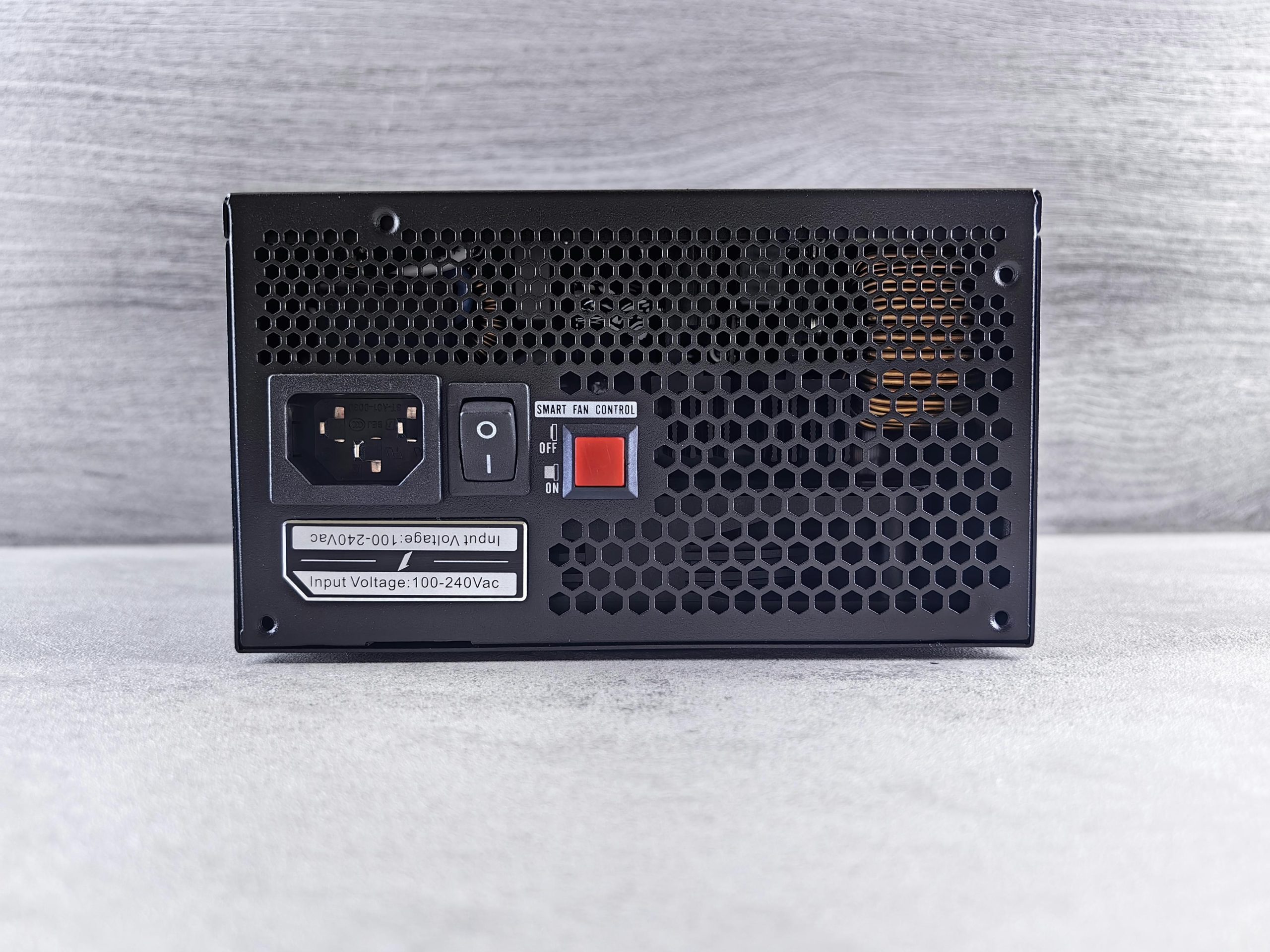Optimizing PC and Monitor Usage: Is Continuous Power Better Than Power Cycling?
In today’s digital age, many users grapple with the question: Is it better to keep a computer and monitor powered on continuously or to turn them off and on repeatedly? This consideration not only impacts energy consumption but also raises concerns about hardware longevity.
Understanding User Habits
Consider a typical scenario where an individual studies in focused intervals—such as 60 minutes of work followed by 25-30 minutes of rest. In this setup, the user operates in two distinct environments: a study zone equipped with a laptop and a relaxation area featuring a desktop computer. A key question arises: Should the desktop be left on throughout the day, or is it better to put it into sleep mode during breaks?
Power Management and Hardware Longevity
Many users worry that frequent power cycling—turning a PC or monitor off and then back on—might cause undue wear and tear. Conversely, leaving devices on constantly consumes more energy and may contribute to heat-related aging over time.
Current Best Practices
- For Desktop Computers:
- Modern PCs are designed to handle frequent power cycling without significant deleterious effects.
- Using sleep mode during short breaks can save energy while allowing quick resume.
-
Proper shutdown and restart are advisable after extended periods of inactivity or when performing maintenance.
-
For Monitors:
- Turning off monitors during breaks can save energy and prolong lifespan.
- Many monitors support rapid start-up, and frequent on/off cycles typically cause minimal wear.
-
Adjusting power-saving settings to turn off screens automatically is a practical approach.
-
Energy Consumption vs. Hardware Longevity:
- While leaving devices on may seem convenient, it leads to higher energy costs.
- Regularly turning devices off when not in use can be beneficial both for the environment and device health.
Conclusion
In most cases, the impact of turning your PC and monitors on and off is negligible with modern hardware. For short-term breaks, utilizing sleep or standby modes is an efficient compromise, conserving energy without risking hardware damage. For extended periods away from your devices, powering down is advisable.
Ultimately, balancing convenience, energy efficiency, and hardware care leads to most users opting for automated sleep settings during breaks and complete shutdowns during prolonged inactive periods. This approach ensures your equipment remains reliable and your energy consumption optimized.
About the Author:
[Your Name] is an experienced technology writer specializing in hardware
Share this content:

